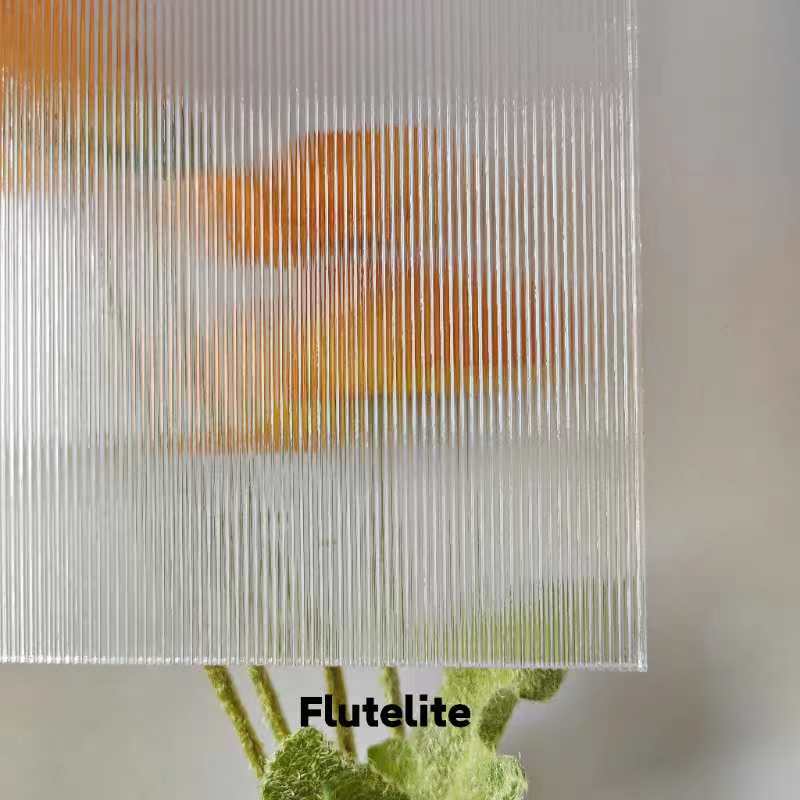

Clear Float Glass An Essential Material in Modern Architecture and Design
Clear float glass is one of the most widely used materials in the construction and design industries, prized for its clarity, strength, and versatility. This type of glass is manufactured through a process that involves floating molten glass on top of molten tin, resulting in a smooth, even surface that is virtually free from imperfections. With its origins tracing back to the mid-20th century, clear float glass has revolutionized how we perceive and utilize glass in various applications.
One of the primary characteristics of clear float glass is its optical clarity. The manufacturing process ensures that the glass has minimal distortion, making it ideal for applications where visibility is crucial. This is especially important in architectural settings, where expansive windows and glass façades create a seamless connection between indoor and outdoor spaces. The use of clear float glass enhances natural light penetration, contributing to energy efficiency and reducing reliance on artificial lighting during the day.
Clear Float Glass An Essential Material in Modern Architecture and Design
The architectural industry is not the only sector that benefits from clear float glass; it is also extensively used in interior design. Clear glass is a popular choice for partitions, doors, and furniture designs, creating open spaces that feel airy and light. In retail environments, clear float glass is utilized for display cases and storefronts, allowing products to be showcased effectively while maintaining visibility. The sleek finish of clear glass further complements modern design aesthetics, making it a preferred choice among designers and homeowners alike.

Environmental considerations are increasingly influencing the production and use of materials in construction. Fortunately, clear float glass is a sustainable choice. It is fully recyclable, meaning that even after its useful life, it can be processed and repurposed into new glass products. Many manufacturers are committed to producing glass with a reduced carbon footprint, utilizing energy-efficient technologies and environmentally friendly practices. This integration of sustainability helps to meet the growing demand for green building materials in an era where environmental consciousness is paramount.
The versatility of clear float glass extends beyond its use in buildings. It is also crucial in the automotive industry, where it is used for windows and windshields, providing safety and visibility in vehicles. In the realm of technology, clear float glass serves as a protective layer for screens and displays, ensuring durability and clarity for smartphones, tablets, and computer monitors.
As trends in architecture and design continue to evolve, the role of clear float glass remains significant. Innovations in glass manufacturing and treatment techniques promise to further enhance its properties, offering even greater possibilities for creative expression. From enhancing energy efficiency to promoting harmonious living spaces, clear float glass is more than just a fundamental building material; it is a testament to the marriage of functionality and aesthetics in the modern world.
In conclusion, clear float glass is an essential component of contemporary architecture and design. Its unmatched clarity, strength, and versatility make it an ideal choice for a wide array of applications. As advancements in technology and sustainable practices continue to shape its production, clear float glass is poised to play a vital role in future construction and design projects, embodying the principles of beauty, functionality, and environmental stewardship.